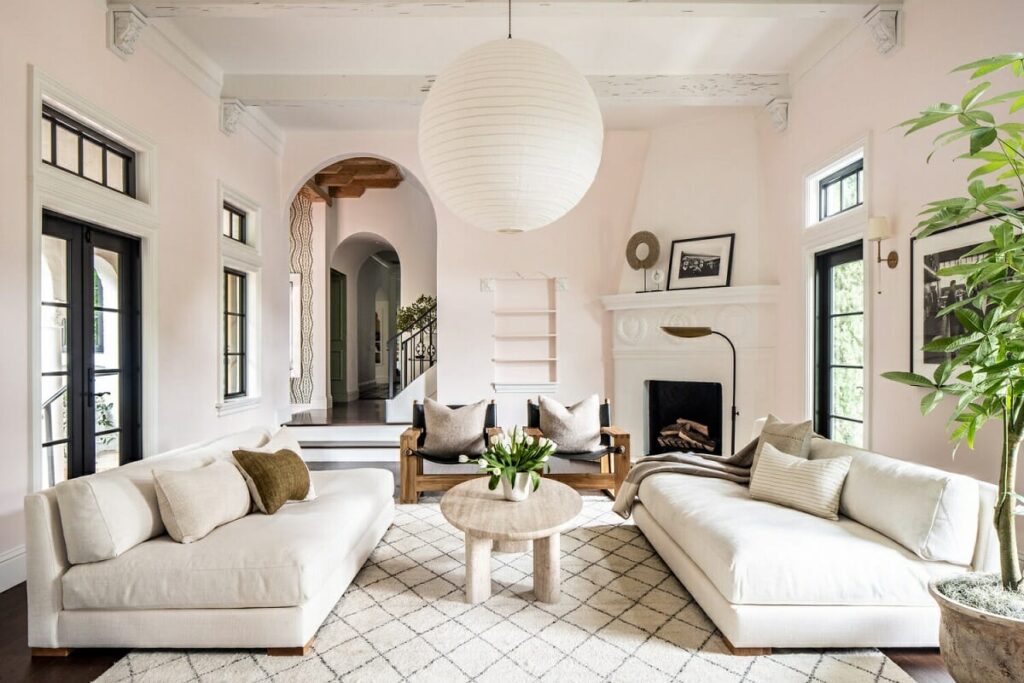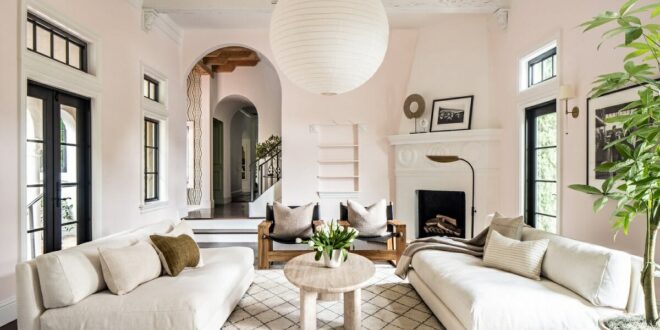
Embrace Simplicity: The Ultimate Guide to a Minimalist Home
In an increasingly complex world, the allure of a minimalist home has never been stronger. It’s more than just a design trend; it’s a conscious lifestyle choice that prioritizes intentionality, functionality, and inner peace. This guide delves into the core principles of minimalism, offering actionable strategies to transform your living space into a serene sanctuary. We’ll explore everything from decluttering techniques to selecting essential furnishings, ensuring your journey towards a minimalist home is both fulfilling and sustainable. Living in a minimalist home is not about living with less, but living better.
Understanding the Essence of Minimalism
Minimalism, at its heart, is about intentional living. It’s a rejection of consumerism and a conscious effort to surround yourself only with items that serve a purpose or bring you joy. This philosophy extends beyond physical possessions, influencing your relationships, commitments, and overall mindset. The goal is to create space – both physical and mental – for what truly matters.
The benefits of adopting a minimalist home lifestyle are numerous. Studies have shown that decluttering can reduce stress and anxiety, improve focus, and enhance overall well-being. A minimalist home promotes a sense of calm and order, allowing you to be more present and intentional in your daily life. By simplifying your surroundings, you create space for creativity, productivity, and meaningful connections.
Decluttering: The First Step Towards a Minimalist Home
Decluttering is the cornerstone of creating a minimalist home. It’s a process of carefully evaluating your belongings and parting ways with anything that no longer serves a purpose or brings you joy. This can be a daunting task, but with a strategic approach, it becomes manageable and even liberating.
The Four-Box Method
This simple yet effective method involves dividing your belongings into four categories: trash, donate, keep, and relocate. Go through each item in your home, one at a time, and place it into the appropriate box. Be honest with yourself about the item’s value and purpose in your life. If you haven’t used it in the past year and it doesn’t hold sentimental value, chances are you can live without it.
The 20/20 Rule
This rule is particularly helpful for decluttering duplicates or items you might need occasionally. If you can replace the item for less than $20 and in under 20 minutes, it’s safe to declutter it. This rule encourages you to let go of items you might be holding onto “just in case,” knowing you can easily replace them if needed.
The Sentimental Items Challenge
Sentimental items can be the hardest to declutter. Start by acknowledging the emotions attached to these items. Then, consider taking photos of them instead of keeping the physical objects. For items you absolutely cannot part with, create a dedicated memory box or display them in a meaningful way. The key is to curate your sentimental items, rather than letting them clutter your space.
Designing Your Minimalist Home
Once you’ve decluttered, it’s time to focus on designing your minimalist home. The goal is to create a space that is both functional and aesthetically pleasing, with a focus on simplicity, natural light, and neutral colors.
Color Palette and Materials
Stick to a neutral color palette, such as whites, grays, and beiges. These colors create a sense of calm and spaciousness. Incorporate natural materials like wood, stone, and linen to add warmth and texture to your minimalist home. Avoid overly ornate or decorative elements, opting instead for clean lines and simple shapes.
Furniture Selection
Choose furniture that is both functional and beautiful. Opt for pieces with clean lines and minimal embellishments. Consider multi-functional furniture, such as a sofa bed or a coffee table with storage, to maximize space. Invest in high-quality pieces that will last for years to come, rather than cheap, disposable furniture. Remember, a minimalist home prioritizes quality over quantity.
Storage Solutions
Effective storage solutions are essential for maintaining a minimalist home. Utilize vertical space with shelves and cabinets. Choose storage containers that are both functional and aesthetically pleasing. Keep countertops and surfaces clear of clutter. The key is to create a designated place for everything, so you can easily put things away and maintain a sense of order.
Living the Minimalist Lifestyle
Creating a minimalist home is just the first step. To truly embrace the minimalist lifestyle, you need to adopt a mindset of intentionality and conscious consumption. This means being mindful of your purchases, decluttering regularly, and focusing on experiences rather than possessions.
Mindful Consumption
Before making a purchase, ask yourself if you truly need the item and if it aligns with your values. Avoid impulse buys and resist the urge to keep up with trends. Choose quality over quantity, and invest in items that will last for years to come. Support sustainable and ethical brands that prioritize responsible production practices. A minimalist home is not just about owning less; it’s about consuming less.
Regular Decluttering
Decluttering is not a one-time event; it’s an ongoing process. Make it a habit to declutter regularly, whether it’s once a week, once a month, or once a season. This will prevent clutter from accumulating and ensure your minimalist home remains a sanctuary of calm and order. Consider donating or selling items you no longer need, giving them a new life and preventing them from ending up in landfills.
Experiences Over Possessions
Focus on creating memories and experiences rather than accumulating possessions. Spend time with loved ones, explore new places, and pursue your passions. These experiences will bring you more joy and fulfillment than any material object. A minimalist home is a foundation for a richer, more meaningful life. A minimalist home is a reflection of your values and priorities. It is a space where you can relax, recharge, and connect with what truly matters.
The Future of Minimalist Homes
The popularity of minimalist homes continues to grow as more people seek a simpler, more intentional way of life. As environmental concerns increase, the minimalist lifestyle offers a sustainable alternative to consumerism. With advancements in technology and design, minimalist homes are becoming increasingly innovative and adaptable to various lifestyles. We see a trend toward modular and prefabricated homes that emphasize efficiency and sustainability. These homes are designed to minimize waste and maximize space, making them ideal for those seeking a minimalist home solution.
Ultimately, creating a minimalist home is a personal journey. There is no one-size-fits-all approach. Experiment with different strategies and find what works best for you. The goal is to create a space that reflects your values, supports your well-being, and allows you to live a more intentional and fulfilling life. It is about curating a space that brings you joy and peace. It is about living with intention and purpose. A minimalist home is more than just a trend; it’s a way of life.
[See also: Simple Living: A Guide to Decluttering Your Mind and Space] [See also: Sustainable Home Design: Eco-Friendly Living Tips] [See also: Small Space Living: Maximizing Functionality and Style] Nimila
Nimila




